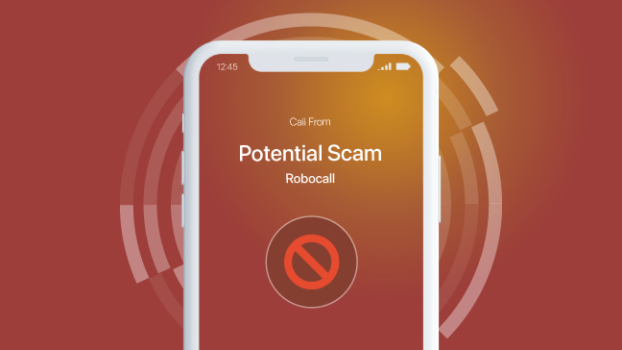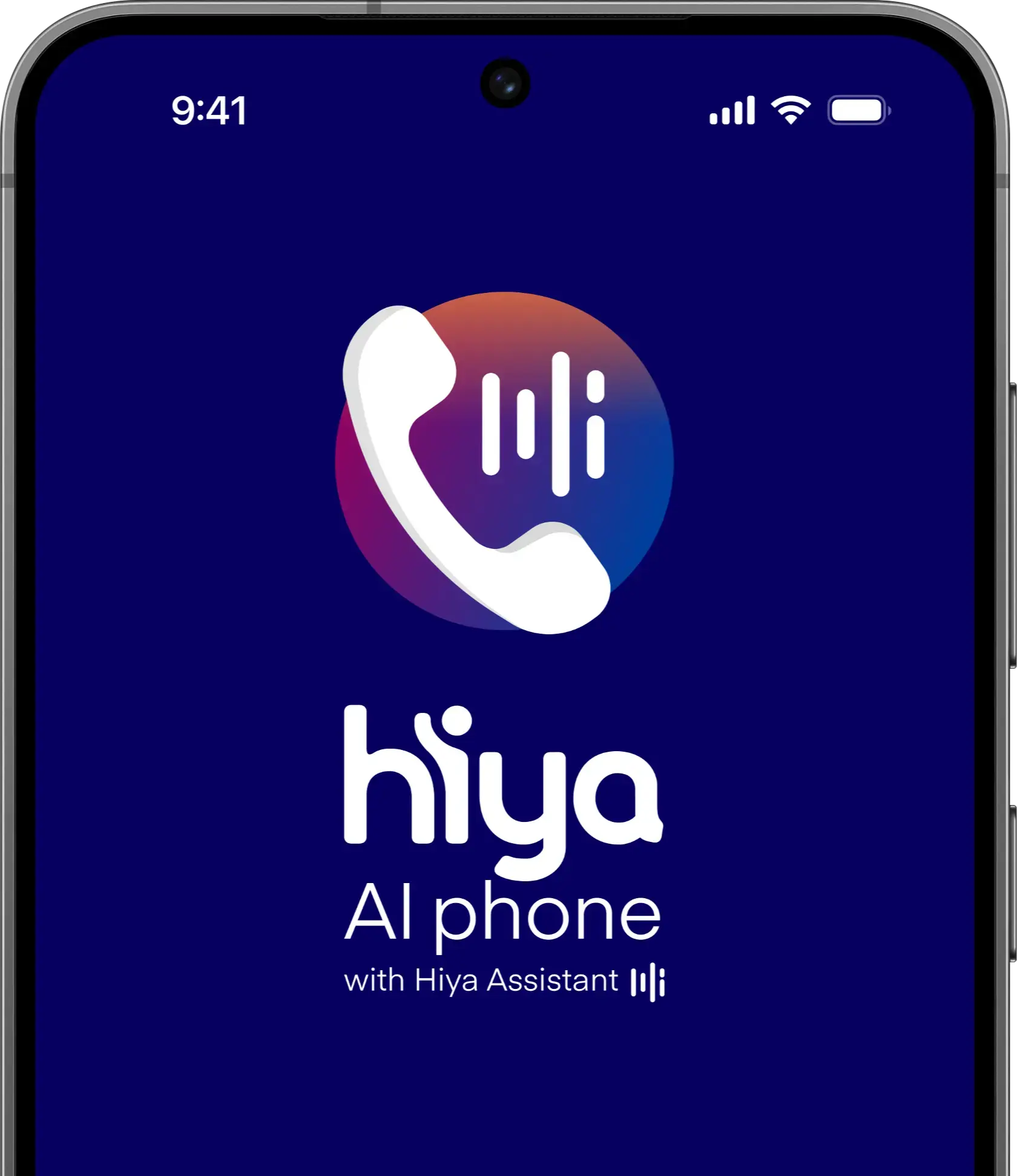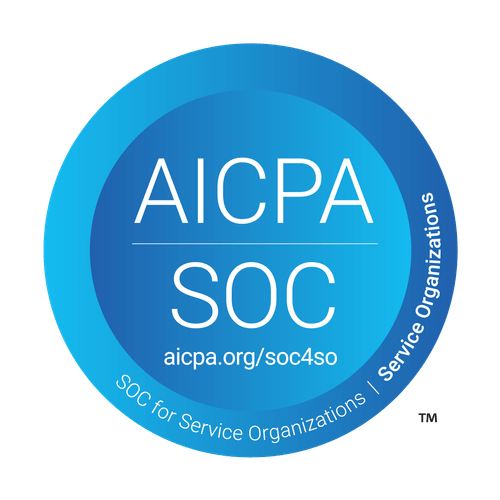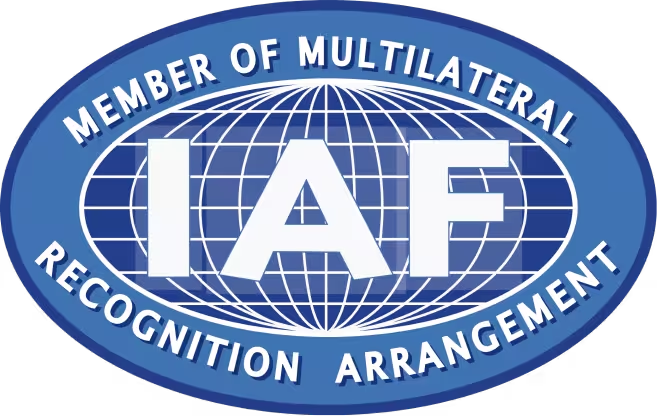
Did you know American and European phone service subscribers received an estimated 157.4 billion spam and fraud calls in 2020 alone? With so many untrustworthy impersonators, it’s difficult for customers to know who they can and can’t trust. In a world of deception, call centers have to work twice as hard to establish a positive reputation among their customers.
Fortunately, the U.S. Government has taken many large strides to protect customers against unsolicited robocalls. In a rapidly changing industry, the issues and variables involved are complex and require months (and sometimes years) of planning and implementation to create the necessary frameworks to keep phone lines safe. The most recent set of regulations is a new law called the TRACED Act.
In this article, we’re taking a minute to look at what the TRACED Act is, how it works, and what actions call centers need to take to better protect their customers from illegal robocalls.
What is the TRACED Act?
The TRACED Act (Telephone Robocall Abuse Criminal Enforcement and Deterrence Act) is a 2019 law passed by Congress that grants additional powers to the Federal Communications Commission (FCC) to fight the ever-increasing robocall epidemic. The act joined the Telephone Consumer Protection Act of 1991 and the Communications Act of 1934 in a series of efforts made by the U.S. Government to protect consumers from unsolicited telemarketing.
A robocall is any pre-recorded, automated voice message delivered via telephone. Robocalls often serve useful purposes like appointment reminders or emergency notifications, but they are frequently used by telemarketing companies to harass consumers in an effort to convince them to make a purchase.
Numerous laws have been enacted to enforce regulations that prevent unsolicited robocalls from reaching consumers. While these laws have been somewhat effective, robocall numbers have continued to grow at an alarming rate in the past decade.
The TRACED Act gives the FCC greater authority to prosecute offenders. With this law, the FCC can impose fines of up to $10,000 on each unsolicited robocall made. The largest fine the FCC has ever imposed was $255 million to Texas telemarketers who sent around 1 billion robocalls.
What are the TRACED Act Rules & Regulations for Telephone Service Providers?
There are two main requirements telephone service providers must follow in order to comply with this law. First, service providers must implement a number authentication system to assist them in identifying callers. Second, call blocking services can no longer charge consumers.
- Call Blocking
With the TRACED Act, phone companies are required to notify recipients when a call is blocked. Because of the TRACED Act, the FCC now requires phone companies to provide call blocking-technology that is more accessible for both the callers and call recipients.
- Records
Service providers are also required to keep accurate records associated with the permanent disconnections of their subscribers. These lists must be kept accurate and up to date regarding those who opt-in or opt-out of calls.
In addition to recording disconnections, providers also need to maintain records in the Reassigned Numbers Database (RND). The RND is an up-to-date resource that tracks when consumers change their phone number or have a phone number that was previously owned. It helps businesses avoid making unwanted calls to consumers who have a previously owned number.
- Number Authentication
Caller ID number authentication is another tool used by phone companies that ensures the number shown on the caller ID and the actual phone number of the caller match. This prevents illegal spoofing from unwanted callers.
How Does STIR/SHAKEN Work?
The STIR/SHAKEN authentication framework is a standard way of tagging phone numbers with digital fingerprints so they can be tracked across networks. This provides a way for phone service providers to identify and block numbers that don’t match the caller ID.
Phone companies are required to implement the STIR/SHAKEN authentication framework for all Internet Protocol (IP) voice calls. For companies that will experience undue hardship as a result of implementing the framework, some extensions and provisions can be made (with the approval of the FCC.) The FCC’s primary goal is to ensure phone companies are doing their part to prevent illegal robocalls from reaching consumers.
You, as a telecom consumer, may have already experienced the benefits of the STIR/SHAKEN framework without realizing it! Any time a consumer receives a call and the caller ID reads “Spam Likely” or “Spam Risk,” that is because of regulations enumerated in the STIR/SHAKEN framework. Many phone companies have already implemented this framework to protect their calls from illegal spoofing.
What Does This Mean for Call Centers?
While the TRACED Act provides additional regulations and guidelines for all phone companies, the mission of the Federal Communications Commission remains the same: all service providers should protect consumers from unsolicited and illegal robocalls.
Calls from your company have a huge impact on customer relations. Make sure fraudulent callers aren’t using your identity to spam your customers. To remain safe from the potentially disastrous effects of spammers and spoofers, it is recommended that you consider using a reputation management software like Hiya Connect. These monitoring systems make it simple and easy to manage call blocking and number authentication across your caller networks.
In today’s world, customers experience hundreds of robocalls each and every day. This makes it challenging for call centers to build trust and get their prospective customers to answer the phone. Creating a positive customer experience has never been more important than it is today. That’s why we’ve put together a best practices calling guide to help you understand how to avoid being labeled as a spammer. Download our Stop Spamming and Start Talking eBook.








